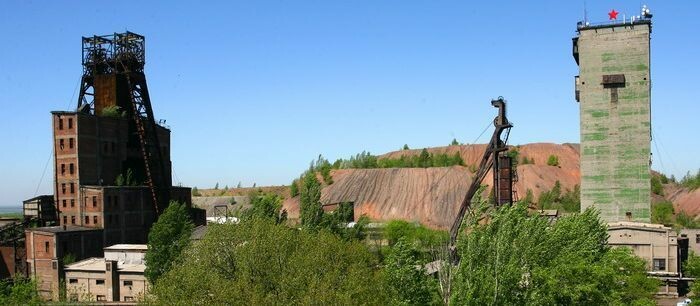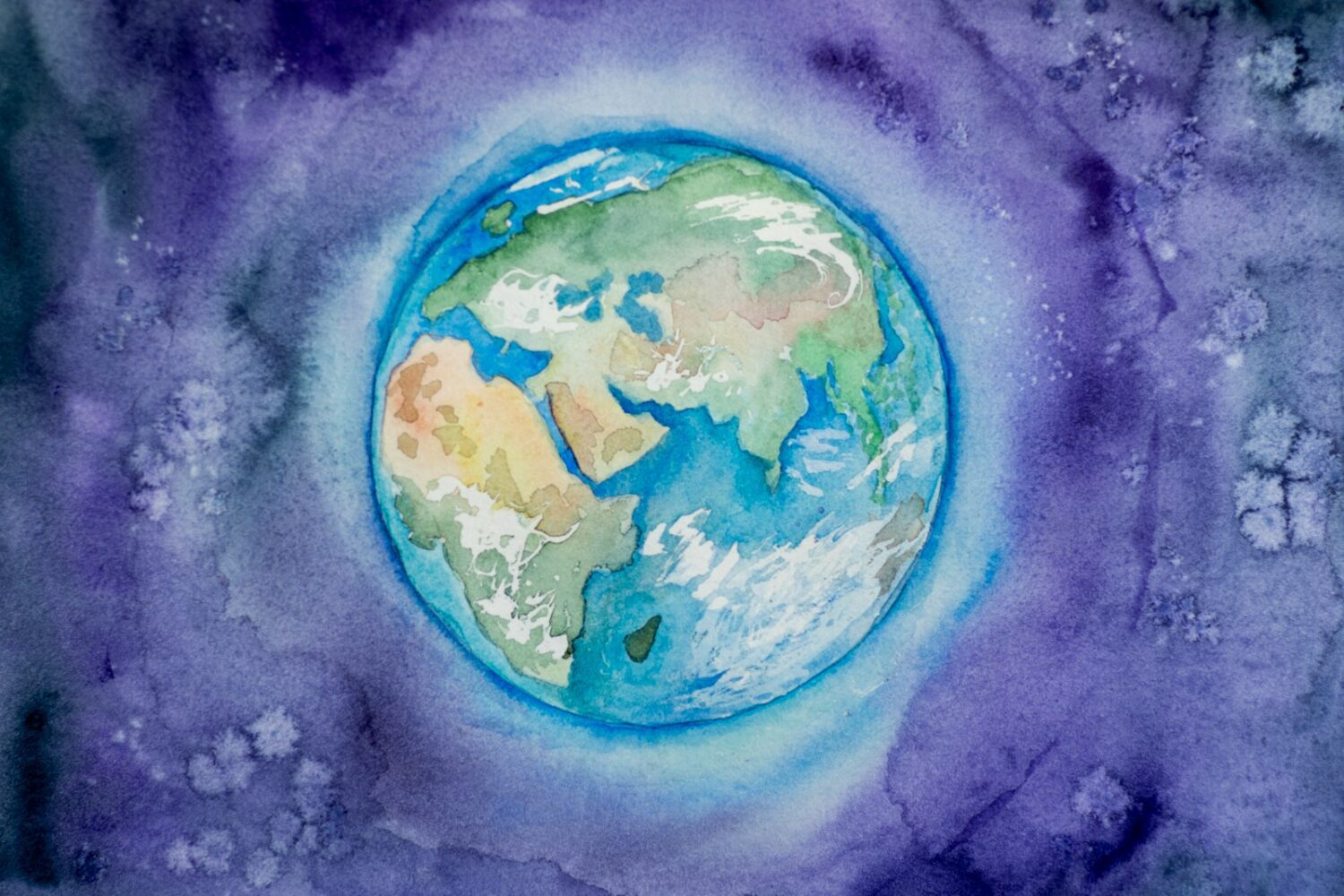Drinking water becomes dangerous
An environmental catastrophe threatens not only Crimea, but the entire territory of Donbass; the territory of central-eastern Ukraine may also be under threat in the future. But if in the case of the occupied peninsula the problems are related to the lack of drinking water, then there is water in the Donbass. Only using it will soon become hazardous to health, according to OBOZREVATEL.
The fact is that the abandoned and not mothballed mines of the war-torn Donbass are filled with toxic underground waters. Back in February, the OSCE noted that the mines that were used to store hazardous waste pose a particular threat to the environment. These are “Alexander-Zapad” in Gorlovka, “Young Communards” in Bunga, flooded by more than 60%. In total, 39 mines were flooded. Most of them were not mothballed by the terrorists.
Even the American television channel NBC News recently reported on the problem of toxicity in groundwater. The liquid filled with heavy metals and other toxic substances threatens to pollute not only drinking water from rivers and wells, but also the soil, making it unsuitable for agriculture. In addition, methane – a dangerous gas from mines – is pushed to the surface, which is fraught with earthquakes and explosions.
Experts interviewed by NBC News assured that Donbass was on the brink of an environmental disaster.
Pollution mainly comes from the Gorlovka, Gorlovka chemical plant, said the chief researcher of the Institute of Telecommunications and the Global Information Space of the National Academy of Sciences of Ukraine, Doctor of Technical Sciences Yevgeny Yakovlev. According to him, we can safely talk about the water-ecological crisis. After all, what is supplied from local sources is just liquid, its quality as drinking water is very doubtful. In addition, the rise of groundwater can lead to possible earthquakes.
The region is really on the brink of disaster, Mikhail Yatsyuk, deputy director of the Institute of Water Problems and Land Reclamation of the National Academy of Agrarian Sciences, also agreed. According to him, all mines should be in dry conservation, not wet. In addition, it is necessary to constantly pump out water, which no one is doing in the occupied Donbass now.
Meanwhile, water begins to interact with rocks, especially in deep mines, and form water quality. Then it, rising to the surface, begins to interact with groundwater, which are aquifers. And thus, drinking water is polluted.
According to Mikhail Yatsyuk, there are risks of water contaminated with hazardous metals not only for the Seversky Donets, but also for the basin of the main river of Ukraine – the Dnieper. After all, part of the tributaries that form Samara flow into the Dnieper, and their sources are in the Donbass.
Ukraine competes for first place in Europe in air pollution from coal energy
Ukraine produces 72% of all fly ash emissions in Europe, 27% sulfur dioxide and 16% nitrogen oxides
Air pollution statistics from coal energy show the contribution of a small number of European countries. Ukraine, Turkey and the Western Balkans ranked high on all types of pollutants, while EU countries such as Germany and Poland are also among the worst in terms of NOx pollution.
When coal is burned to generate electricity, pollutants are released into the air that pose a threat to human health and cause a large number of premature deaths. Since pollutants sometimes travel thousands of kilometers, air pollution from coal-fired energy is a problem across Europe, regardless of source.
This is stated in a new study by the international think tank EMBER.
Turkey and Ukraine are among the top three polluting countries for all types of air pollution. SO2 emissions from the top ten plants account for 44% of total SO2 emissions from coal-fired energy in Europe. The top ten SO2 ratings include three coal-fired power plants from Turkey and Serbia, two from Bosnia and Herzegovina, and one each from Ukraine and North Macedonia. Most of the PM10 pollution from coal energy comes from power plants in Ukraine, eight of which are among the ten most polluting plants for PM10.
Air pollution is a mixture of gaseous and solid particles that pose a threat to human health and cause a large number of premature deaths. Pollutants are released into the atmosphere from a wide variety of sources; including the energy, manufacturing, transport and agriculture sectors. Pollutants include particulate matter (PM), sulfur dioxide (SO2) and nitrogen oxides (NOx).
In terms of PM10 emissions from coal-fired power plants, Ukraine is the leader by a wide margin. The main sources of SO2 pollution from coal energy in Europe are Ukraine (27%), Turkey (24%), Serbia (15%) and Bosnia and Herzegovina (11%). Turkey is also the leader with a 20% share of NOx emissions from coal energy, followed by Germany (16%), Ukraine (16%) and Poland (14%).
Nine plants of Ukraine are included in the top thirty of the NOx rating. In the top thirty, Turkey and Germany have six factories each, three from Poland and two from Serbia and Kosovo.
Eight power plants from Ukraine are present in all thirty of the rating: Kurakhovskaya, Burshtynskaya, Tripolskaya, Luganskaya, Uglegorskaya, Slavyanskaya, Ladyzhinskaya and Zaporozhskaya.












